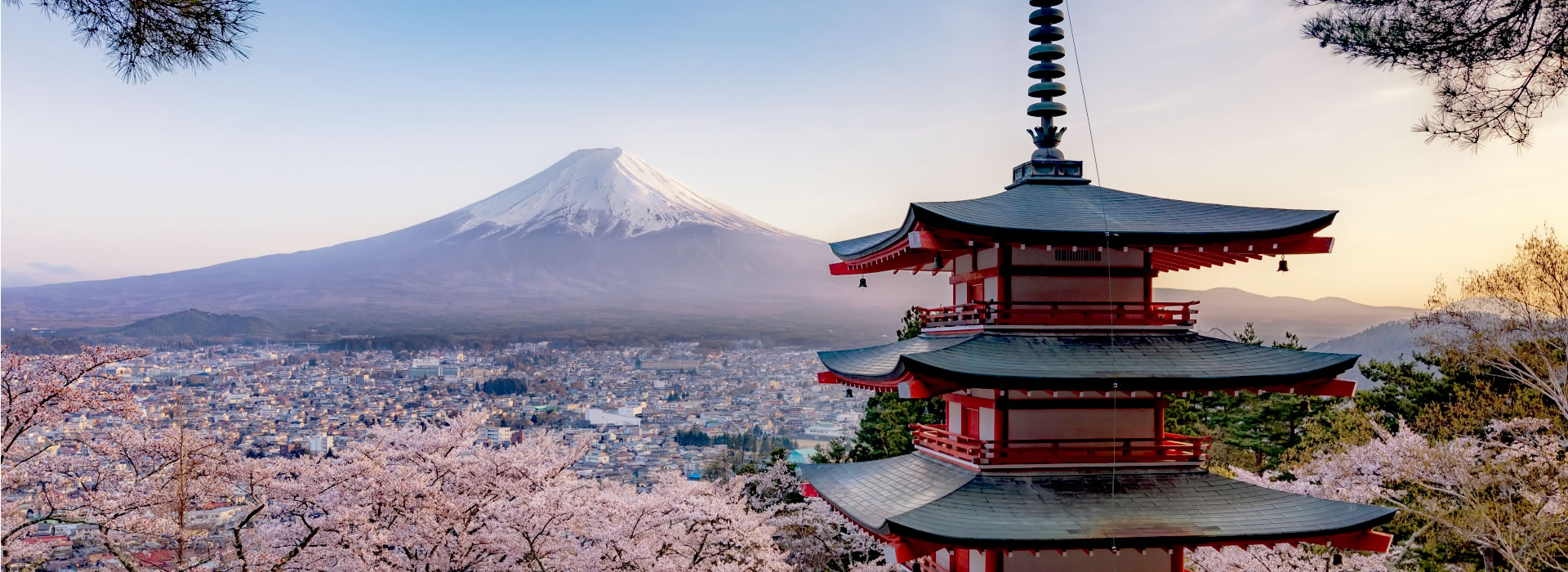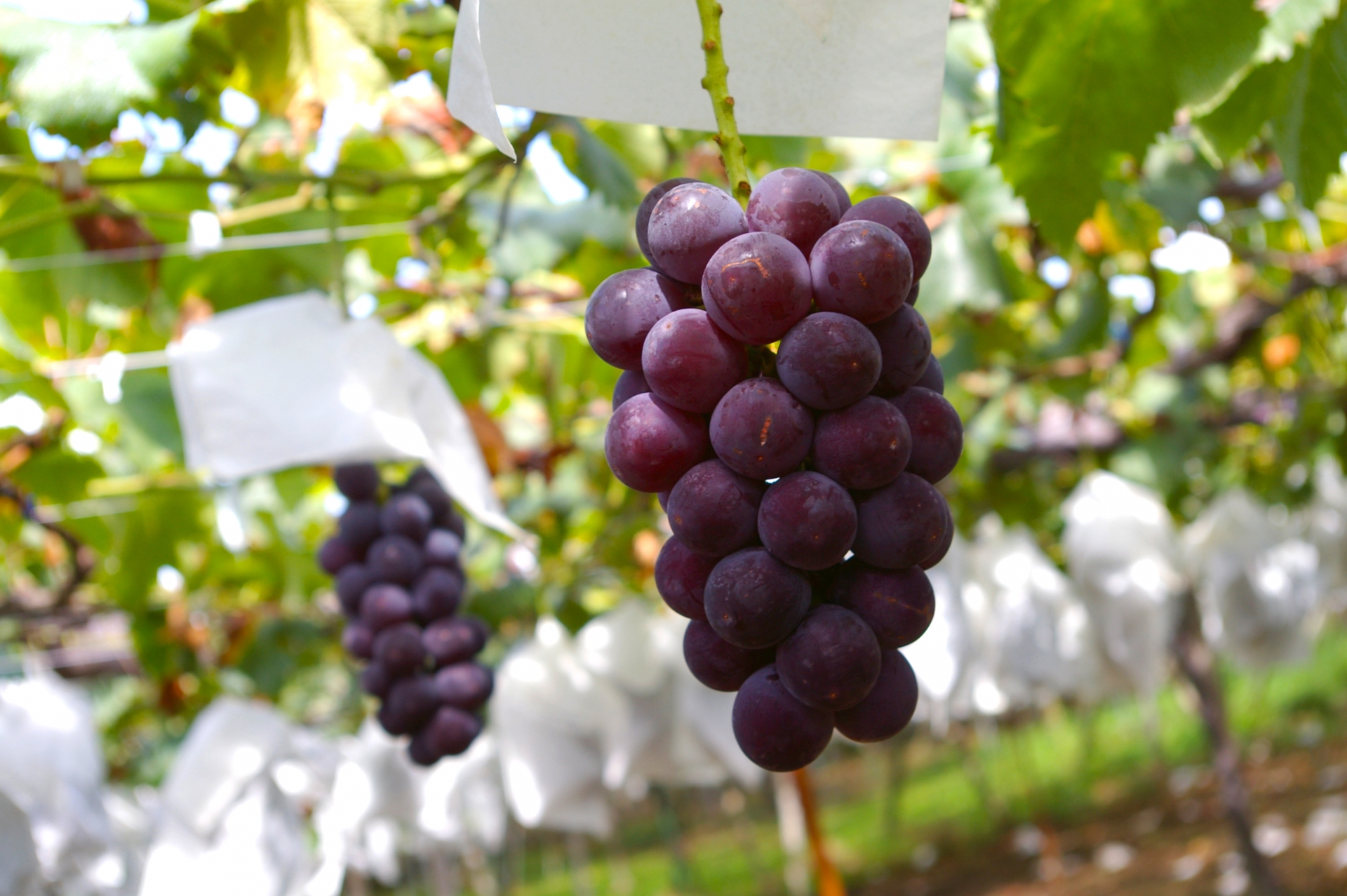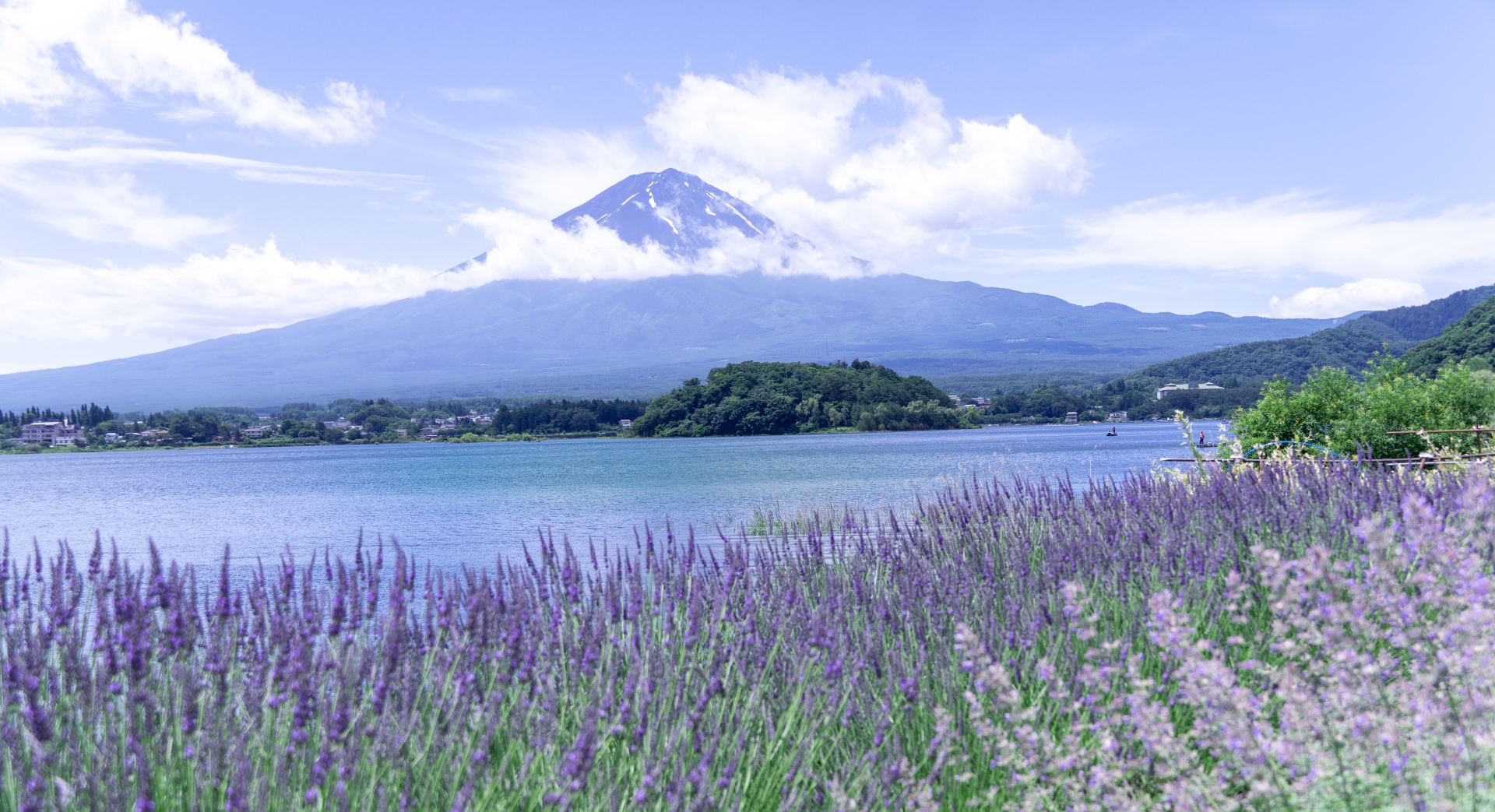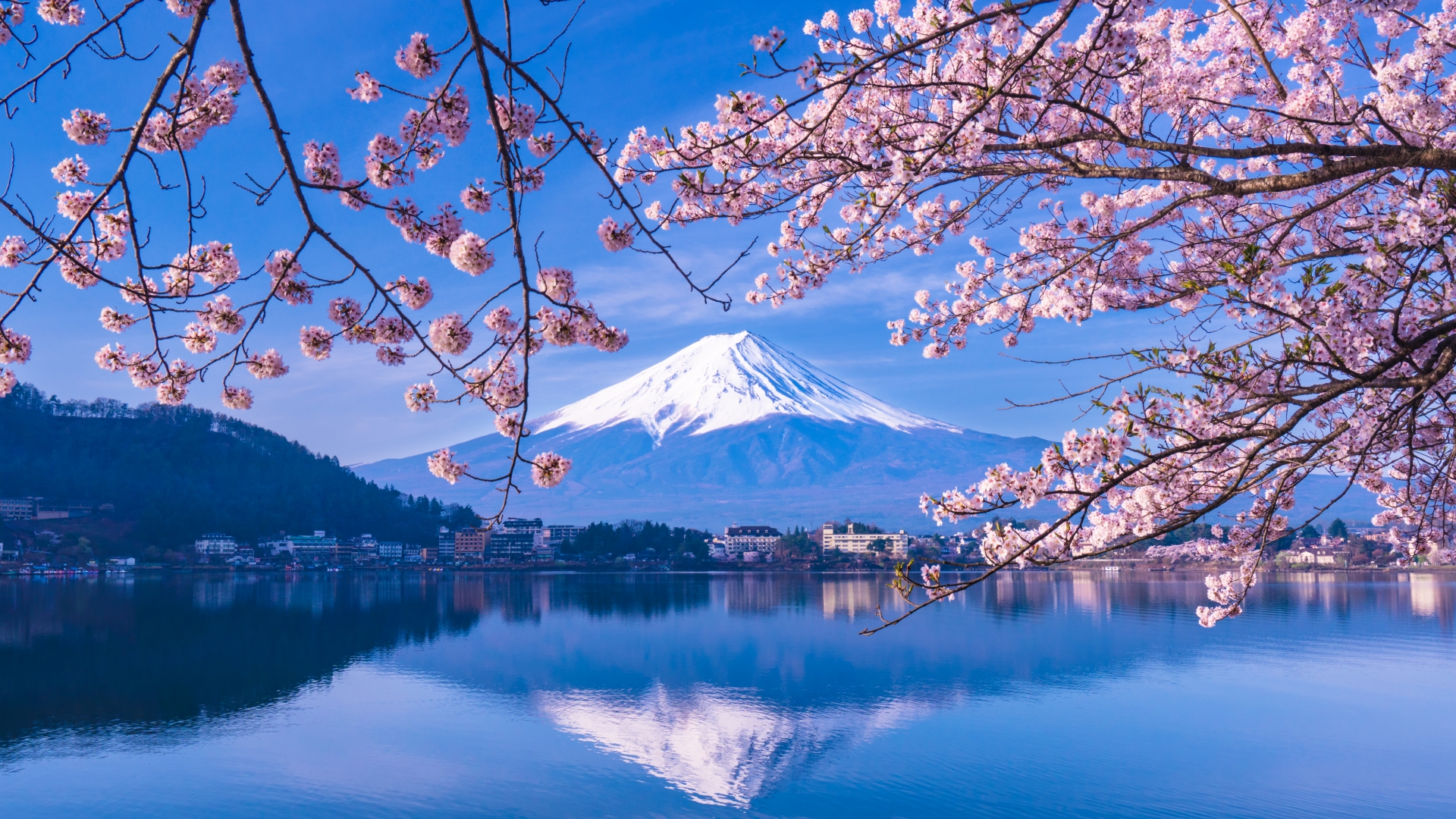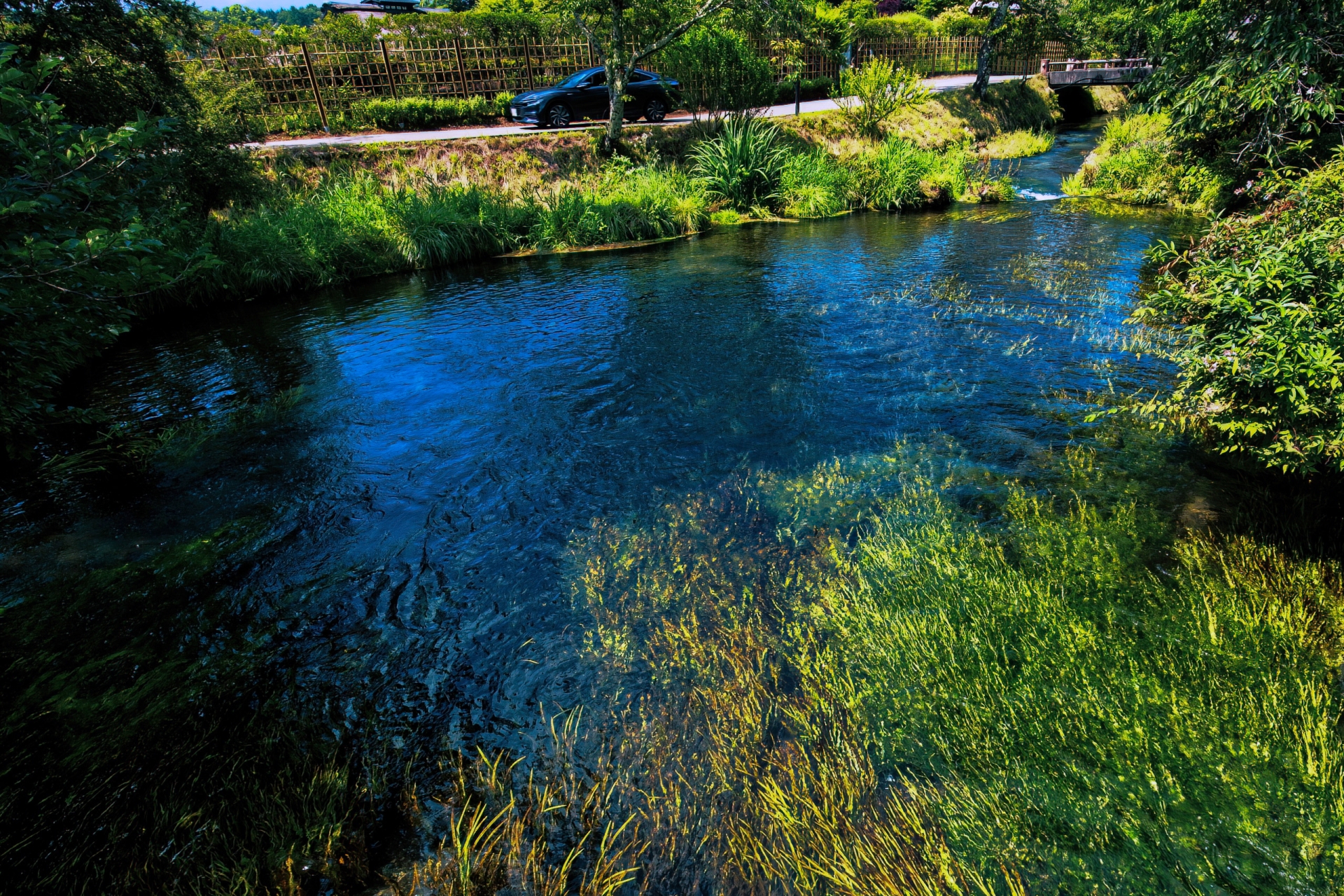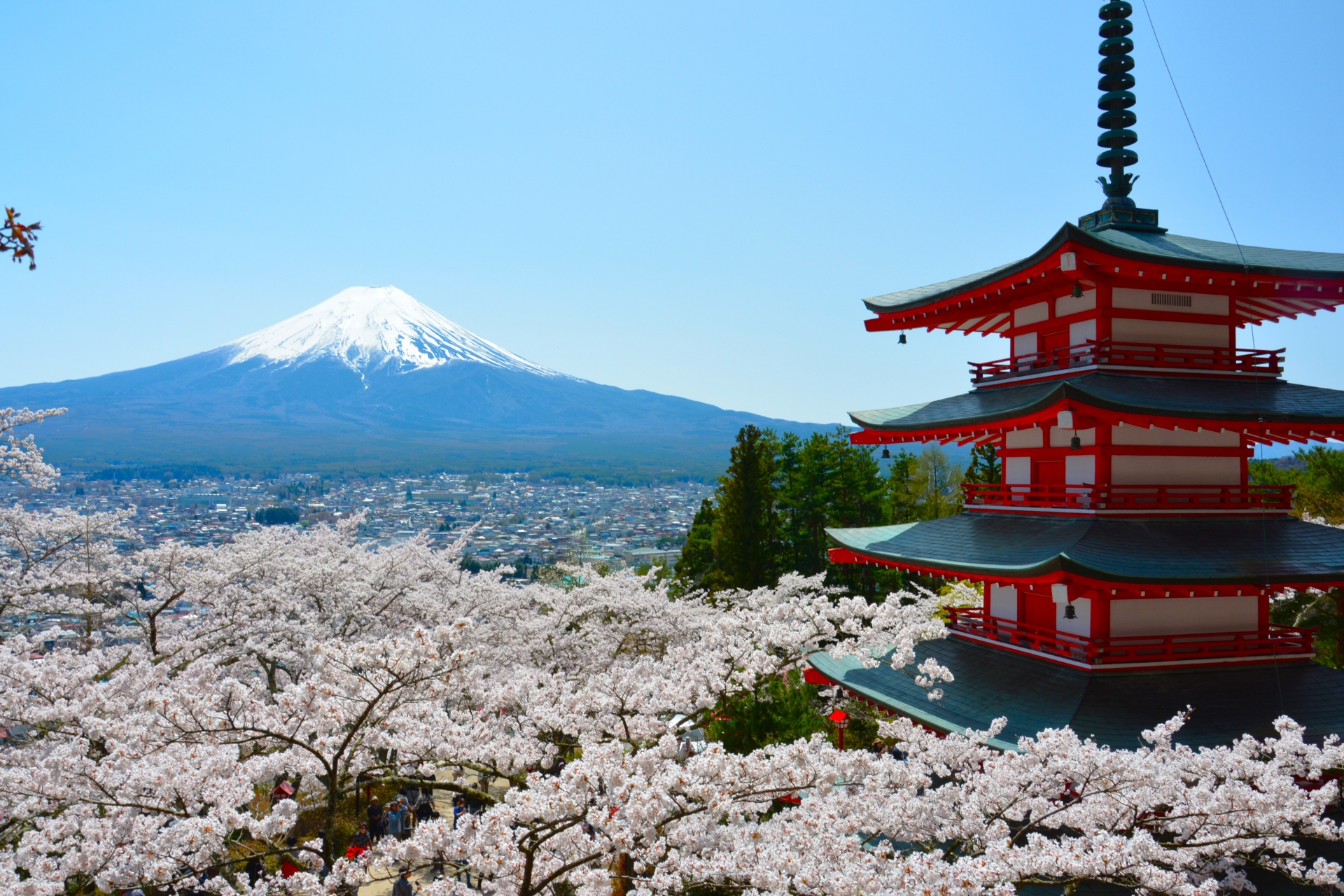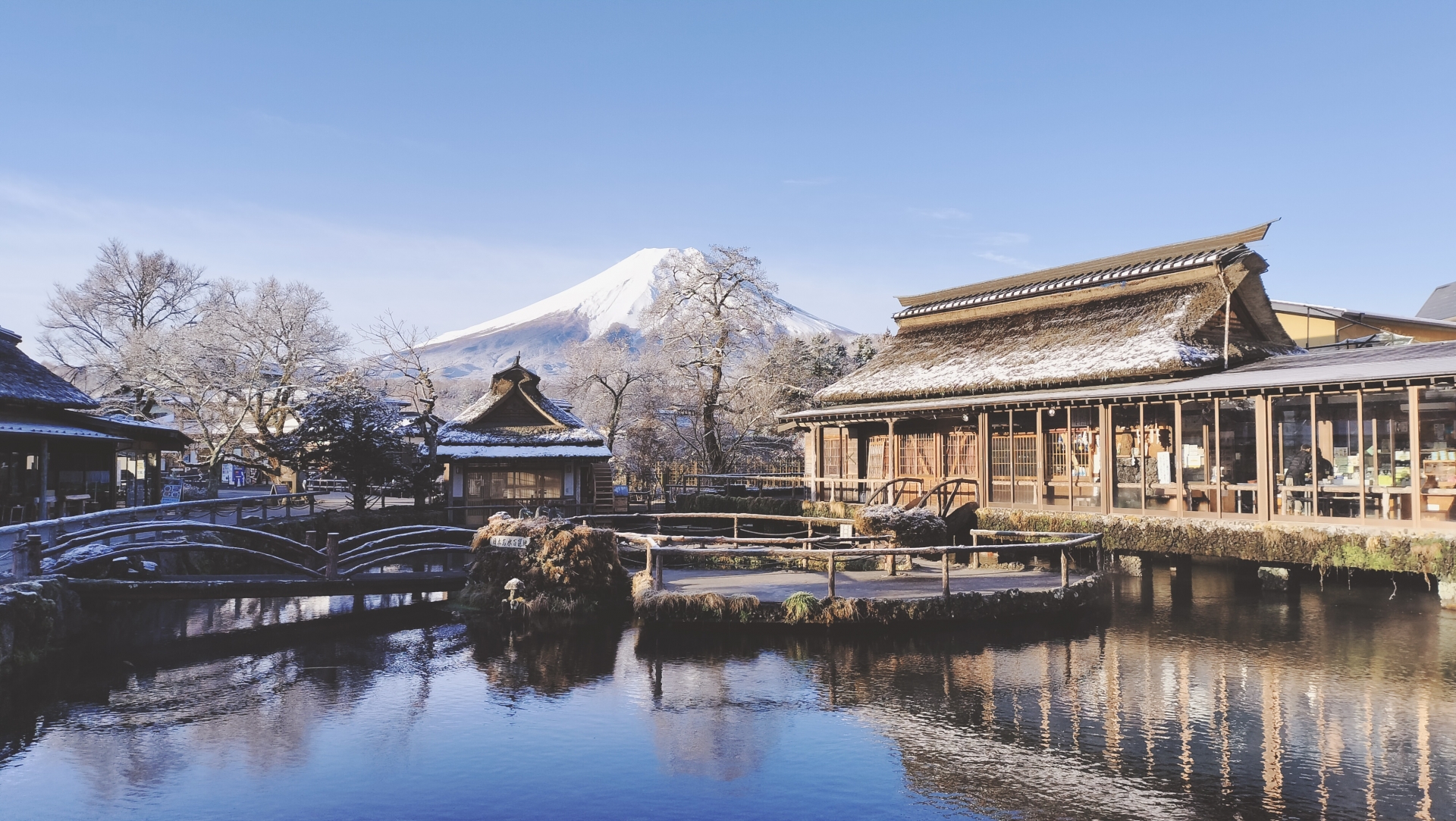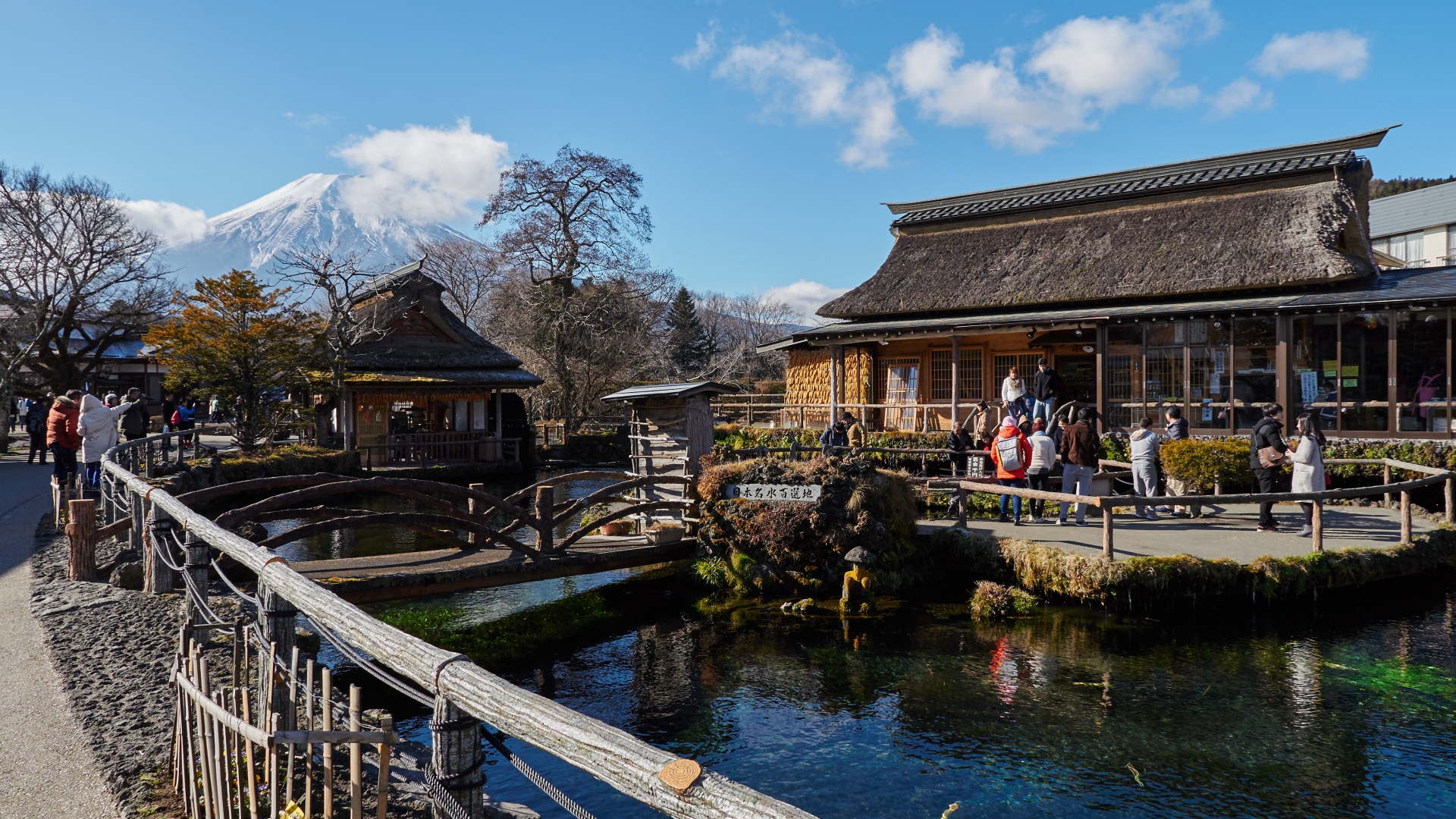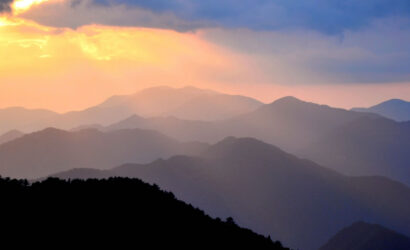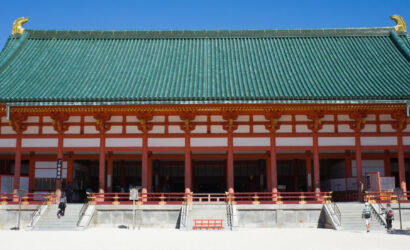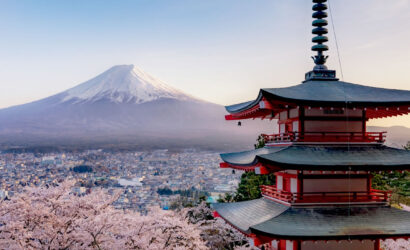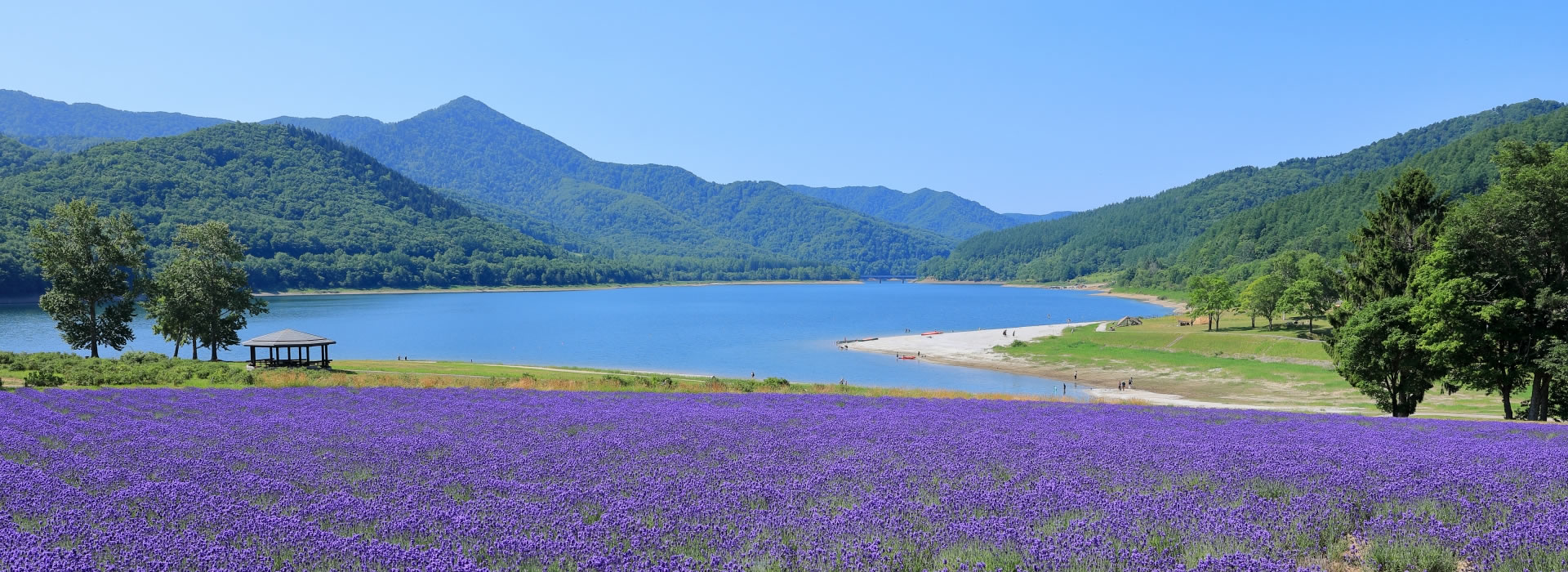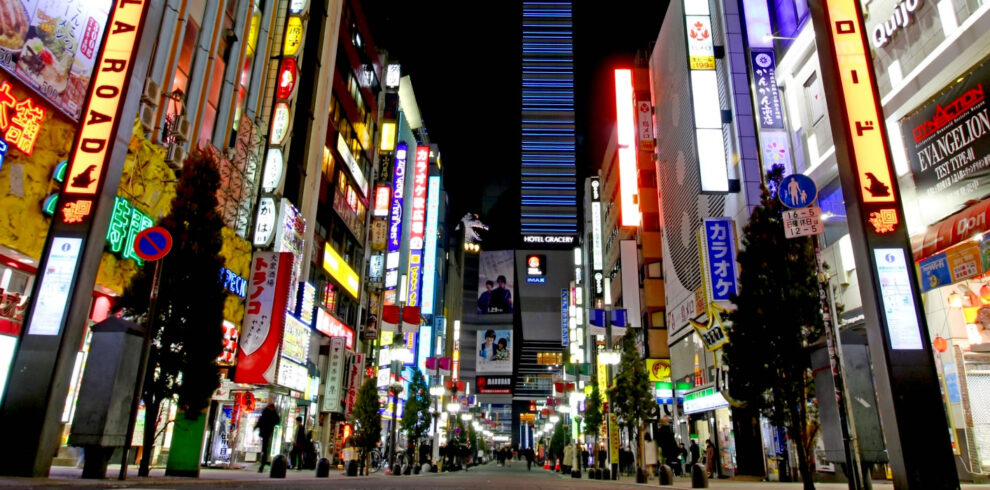-
Bus, Airlines
-
3 Stars Hotels
-
5,416 metres
-
Kathmandu
-
Feb, Mar, Apr & May
-
Eco-Tour, Hiking
-
All meals during the trek
-
English, Spanish, French, Chinese
-
Easy to Moderate
-
2-15
-
12
-
65
Overview
Mt. Fuji is 3,776m high and is known as Japan’s highest peak. It did not have its current shape from the beginning, but it took on its current shape through repeated eruptions from ancient times .It was born about 100,000 years ago at the foot of Komitake Volcano, and is known as the old Fuji Volcano. Current conical shape was created by two generations of eruptive activity from Shin-Fuji Volcano. The last recorded eruption of Mt. Fuji was the Great Hoei Eruption, which occurred approximately 300 years ago in 1707. There are many traces of volcanic eruptions at the foot of Mt. Fuji. Japan’s highest mountain, Mt. Fuji, makes it easy to observe the vertical distribution of plants, making it the perfect mountain to learn about plant succession. As you drive along the Fuji Subaru Line, the scenery changes dramatically as the altitude increases. Up to about 1,600 meters from the tollgate, the area is a mountainous area with forests of Japanese red pine and Quercus oak, and above that, the area becomes a sub-alpine area where you can see forests of Japanese oak and Japanese hemlock, as well as rowan and rhododendron. The upper part of the fifth station is an alpine zone mixed with sand and gravel, and here and there grows Japanese knotweed, Japanese knotweed, and short larch.

Highlights
- Trek to the world-famous Mt Fuji summit
- Enjoy the amazing view of the Fujisan Komitake Shrine
- Travel through the Lake Yamanakako, Strawberry picking
- Visit Oshino Hakkai and Gotemba Premium Outlets

